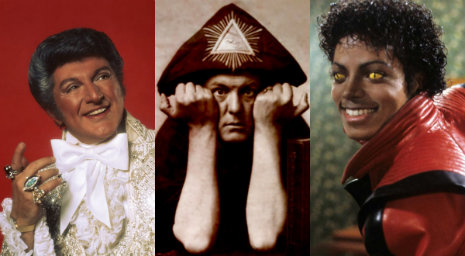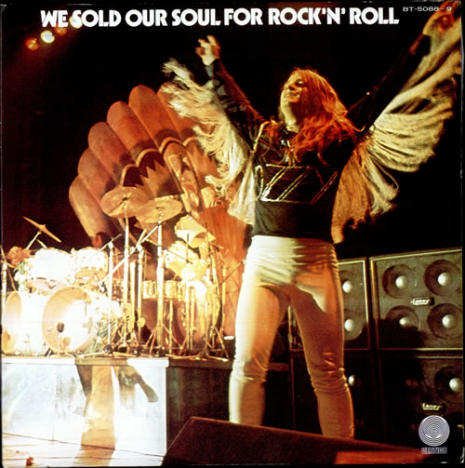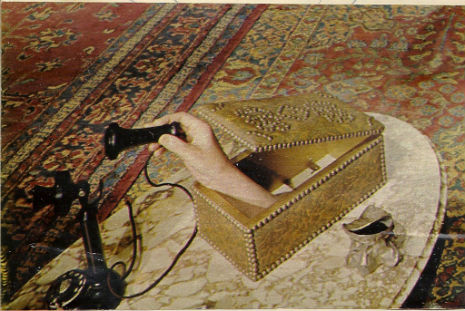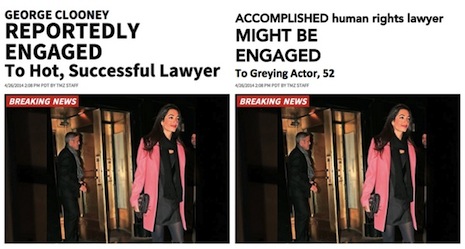
At his best, Montgomery Clift was a better actor than Marlon Brando. For such a small, slightly-built man Clift had an intensity and depth to his performance that could eclipse Brando—even with all that actor’s realistic improvisations, impressive physicality and “naturalistic body language.”
Clift and Brando, along with James Dean, were the three “Method” actors who revolutionized an actor’s approach to performance. Their technique was about motivation and internal workings, which they used to make acting seem “real.” Clift was the first to bring this style of naturalism to the screen, appearing opposite John Wayne in Red River in 1946. His approach to acting irritated “The Duke,” who was of the “get up say your lines” school of performance, but the acrimony between the two added to the film. But it was his next film, The Search (1947), which alerted Hollywood to a new style of acting, leading one critic to ask the film’s director, Fred Zinnemann “Where did you find a soldier who can act so well?”
While Clift brought a subtly and depth to his work, it was Brando, with his over-wrought performance in Streetcar Named Desire (1951) that won all the attention. The problem for Clift was that he despised Hollywood, and the kind of stupidity the film industry perpetuated. It led to him making several bad choices in movies (rejecting On the Waterfront and East of Eden, pulling out of Sunset Boulevard) that later caused him to be labeled “difficult” and “unreliable.” He was also gay and refused to have his private life manipulated for the benefit of Hollywood publicists, in the way Rock Hudson would acquiesce.
The turning point in Clift’s career was a near fatal car crash that occurred during the filming of the blockbuster historical romance Raintree County with Elizabeth Taylor, in 1956. Clift had been driving home from an evening at Taylor’s place when he lost control of his vehicle. The crash was witnessed by his friend (Invasion of the Body Snatchers star) Kevin McCarthy, who was in a car ahead of Clift. Taylor arrived at the scene, where she removed two broken front teeth embedded in Clift’s tongue, it prevented the actor from choking. The crash left Clift disfigured with a broken jaw and nose, and in constant pain for the rest of his life. It also delayed production on the movie, but made it a box office smash, as fans came to see Clift’s face before-and-after the accident.
If Clift had died in the crash, he would have been lionized like James Dean, probably more so, as Clift had a greater and far more impressive resume of film work, including A Place in the Sun, Hitchcock’s I Confess, and From Here to Eternity. Unfortunately, the accident was the start of Clift’s slow and long descent, as he became addicted to pain killers and drugs in a bid to anesthetize the constant pain he suffered. It led one acting coach to unfairly label Clift’s post-crash career as “the longest suicide in Hollywood history.”
I worked on this documentary about Clift some twenty years ago, it was part of a series called Post Mortem made for Channel 4 television in the UK. The idea of the series was to look at an individual’s life through their medical history and how illness, disease and addiction affected or influenced their work. The others included in the series were Virginia Woolf (bipolar), Nijinsky (schizophrenia), Francis Bacon (asthma), Beethoven (deafness). With Clift, we examined his life through his various ailments, including childhood amoebic dysentery, chronic colitis, hypothyroidism (which caused him to age prematurely), alcoholism, drug addiction, and the tragic effects relating to his car crash. The documentary includes rarely seen home movie footage of Clift taken by his actor friend Kevin McCarthy and interviews with McCarthy, Kenneth Anger, and Clift biographers Patricia Bosworth and Barney Hoskyns.







































